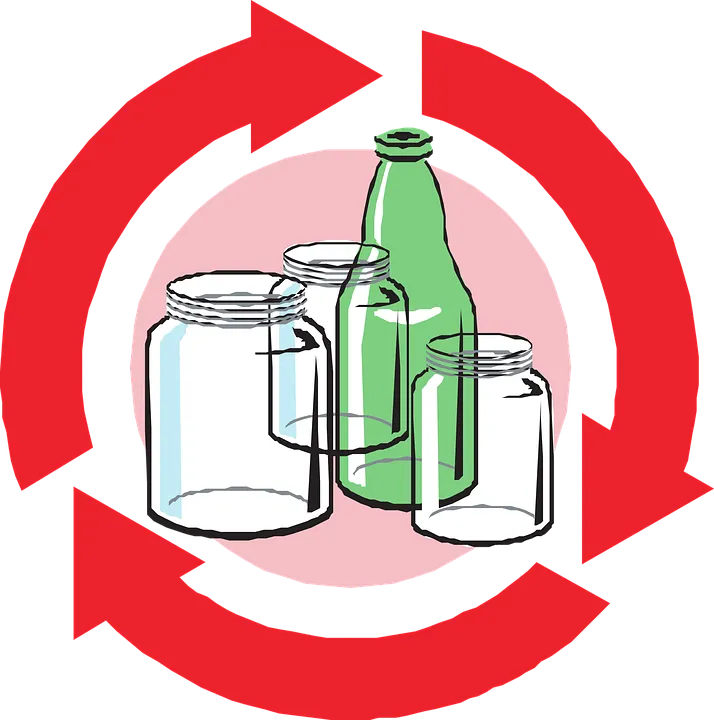Although we may believe that the natural cycle of living organisms is to be born, grow, reproduce and die, the reality is that in most cases, living organisms impart life after they die, just think of a fruit that falls from a tree, it not only decomposes at its feet but while doing so provides nutrients for the soil that supports the same tree, so life becomes life in a cycle of transformations.
But people have learned little from nature, we have become accustomed to a linear model where we take, consume and discard; and nature does not provide infinite resources, some are limited or take time to recover, so we can not continue consuming more than the planet is able to regenerate, otherwise there will be nothing left for the next generations.

Raw materials must be used more efficiently and waste must be utilized. Image credit: pixabay.com.
In this sense, what has been called the circular economy emerges as a sustainable alternative to this model, a proposal for the design of products in which value is given to the maximum use of resources, including waste, in order to abandon this linear model where a product practically becomes waste after one use or after its contents have been consumed.
We must redesign the way we produce.
The circular economy is a model that involves reducing waste to a minimum. To this end, when a product reaches the end of its life, its materials are kept within the economy whenever possible so that they can be productively used again and again.

We must revalue waste by converting it into raw material. Image credit: pixabay.com.
If we think about it, almost all manufactured products generate some waste, especially food products generate a large amount of garbage after consumption. The problem is precisely that we have designed them that way, when we drink a beverage, make or order food, all of it comes in a package that we then discard, because for that package has not been thought a use beyond containing that single product. So what if we dare to design products so that they have more than one use or become raw material to make another once consumed?
This is not a new idea, it is a philosophy focused on making products easy to break down into their parts so that they can be incorporated back into the production chain. It is about emulating what nature does, when an animal dies in the middle of the forest, its body does not become a pollution factor, on the contrary, it is used by other organisms and provides elements such as nitrogen to the soil, which is important for plants.
This concept has already been implemented on the International Space Station, where resources are limited and it costs a lot of money to upload something, then, there is a 3D printer that works in microgravity which is able to transform plastic elements into filaments to create new parts or to print tools that after use can be melted to make new ones. Thus, it is not necessary to upload all the tools that are needed for any situation.
Precisely what we need are products that do not generate waste or whose waste can be integrated into another process, and thus end the production of garbage; since a well-known problem is the large amount of garbage that is deposited in landfills, these garbage dumps are very famous for polluting aquifers and generate emissions and alter the natural landscape.

The idea is to eliminate the production of garbage or to give some use to the waste. Image credit: pxhere.com.
Although the main idea is not to generate waste, those that cannot be avoided should also be thought of as being used for something, for example, to produce electricity; this solution already exists, and there are plants designed to produce electricity by using waste. This also provides a useful alternative to the concept of circular economy, a concept that will undoubtedly be key to better manage the resources that the planet provides us and to advance in the achievement of sustainable cities.
Thanks for coming by to read friends, I hope you liked the information. See you next time.